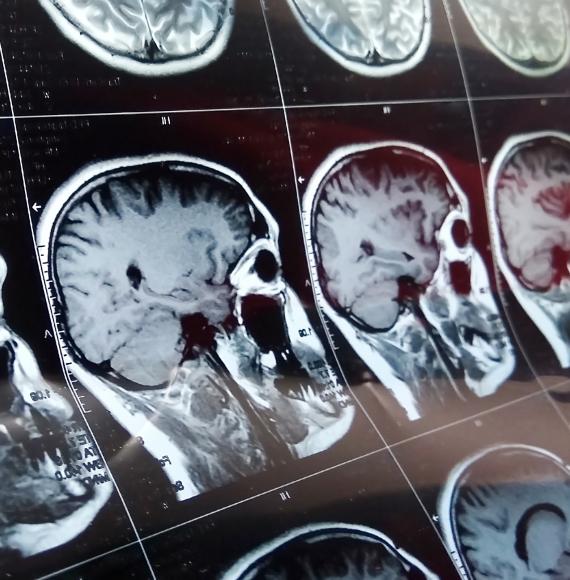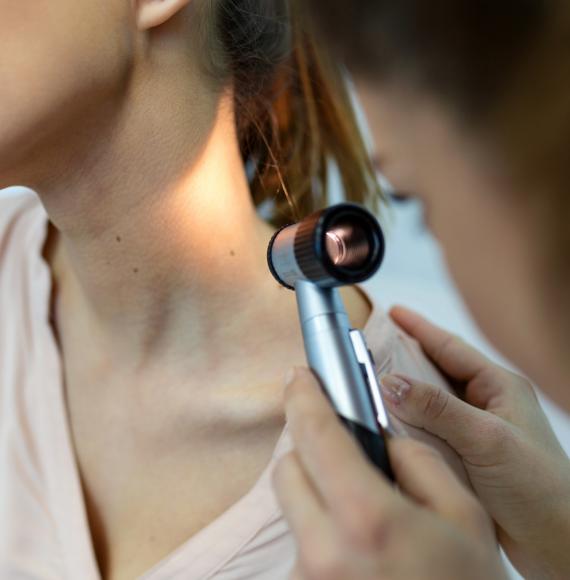Robotics and robotic surgery are changing the way the healthcare industry operates. Ultimately robotics and robotic surgery help to improve the level of care you can provide to your patients. However, an issue many hospitals face is current offerings require large initial capital investments and have high recurring costs.
The current cost per procedure, through robotic surgery, seems much higher at first glance when compared to the classic laparoscopic methods. However, when you take into account the total patient journey, these initial higher costs can create considerable savings.

Firstly, let's explore some of the key benefits of robotic technology and robotic surgery.
- Vastly improved patient recovery times – robotic surgery has proven to improve patient recovery time (4.9 days compared to 6.1 days for laparoscopic) while minimising pain, infection and scarring. Some laparoscopic surgeries can take 3 to 4 hours to complete. A robotic alternative reduces the human, physical strain on the surgeon.
- Remote treatment – A reasonably new concept, remote treatment allows a doctor to perform surgery on a patient without being in the same physical location. This will help to make medical and surgical expertise available on a broader scale and eliminate geographical barriers.
- Improving accuracy – Robots don't get tired, and they can't have a lapse in concentration. Therefore, by and large, human error is out of the picture providing the software is set-up for the correct procedure. This is highlighted by the significant drop in second surgeries that are required.
- General Assistance – There is more to robotics than simply large surgical machines that perform keyhole surgery. In recent times robots have been able to take care of restocking and distributing pharmaceuticals to nurses so they can have more human interaction with their patients.
- The number of manufacturers in the robotic surgery industry continues to grow significantly, with new innovative technologies and features like Artificial Intelligence (AI) being launched.
The range and scope of technologies uses and applications of robotic surgery widens with each new entrant. These new entrants to the robotic surgery market are focused on improving value via lowering cost and improved quality, by addressing some of the perceived weaknesses of the current offerings, and at lower costs per procedure comparable to the cost of laparoscopic and open surgery interventions.
Future-proofing your hospital
When hospitals want to benefit from these future cost savings and technology, they will need to explore new procurement methods that allow greater flexibility and transparency. Current classic funding and financing methods (like traditional loans or own cash investments) aren't necessarily the best route with regards to robotic technology. Hospitals need access to innovative financing concepts such as 'pay per use' (PPU) or 'managed equipment service' solutions (MES). These new models can provide hospitals with a complete overview of costs (including maintenance, training costs, support, consumables, etc.) while also providing the flexibility to upgrade their current equipment to the latest technology. Therefore, helping to maintain a consistent, future-proofed, high level of patient care - provided as a single, cost-effective solution.
How would a PPU or MES solution work for you, and what are the benefits of both solutions?
PPU
What is a PPU solution? Under this model, the overall cost of procuring and using the medical equipment is broken down by individual case of treatment by dividing the total cost of the solution by the pre-determined minimum number of uses.
How does it work? This solution works by agreeing to a minimum number of uses. The total cost is then divided by this figure to give you your cost of treatment. An example would be:
Total cost = £2,000,000
Minimum number of uses = 1,000
The individual cost of treatment = £2,000
What are the benefits?
- Better patient throughput and outcomes
- ROI can be calculated on day 1
- Provides the flexibility to change plans at short notice
- Training, consumables and service can be included in the solution
- Fixed known costs – inflation-proof
- Low capital outlay
- Flexible contract terms allowing for upgrades during the period
- Matches costs to actual usage
- Part exchange of existing equipment to subsidise the new solution
MES
What is an MES solution? An MES solution allows you to benefit from the latest robotic technology with an always-on solution that includes a guaranteed equipment uptime, regular maintenance and equipment/consumable replacement for a known fixed monthly, quarterly or annual fee.
How does an MES work? With a Managed Equipment Service, the provider doesn't simply sell the robotic technology; they provide a full managed service for a fixed fee. Therefore, this managed service agreement ensures the replacement of equipment at given intervals, together with full maintenance and service packages, an asset management system to track both the equipment and its costs.
What are the benefits?
- Better patient throughput and outcomes
- Simple procurement process
- Simple documentation
- No disposal costs
- Matching costs against assets economic useful life
- Known future costs
- Simple budget planning
- Flexible
- Up-to-date technology
- Priced future deliveries
- Guaranteed uptime
- Discounts for large volume & service
- Save time & money
- Potential VAT reclaim
- Fixed interest rates
- Increased cost efficiency and management
Science, medicine and healthcare technology is continuously evolving. If recent times have shown us anything, it's that we need to continually work towards future-proofing our healthcare facilities in order to be able to provide the best possible patient outcomes.
Robotic technology is just one strand of healthcare technology that will be key in the years to come. Accessing and keeping this technology up to date will always be the challenge. For more information on robotic procurement and lifecycle solutions, please visit the website or contact us on [email protected]



















